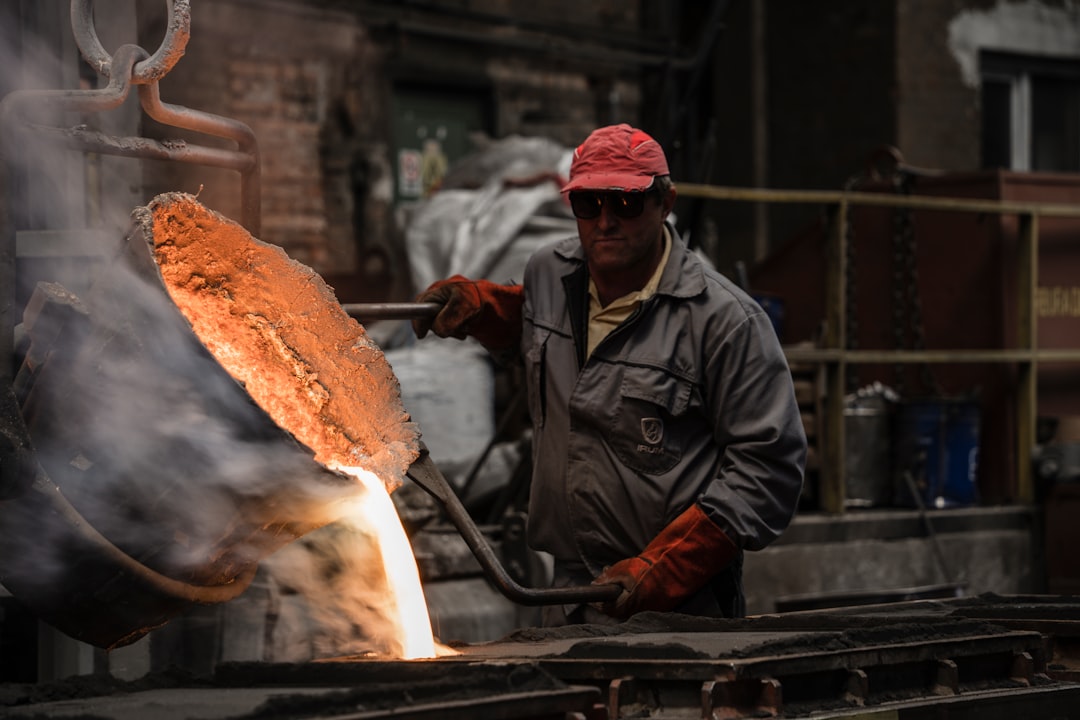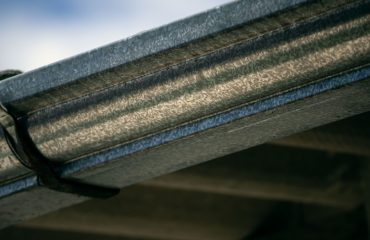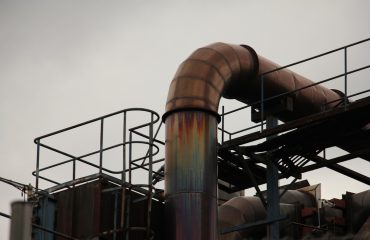The steel industry, a cornerstone of global infrastructure, has historically been a significant contributor to greenhouse gas emissions. However, a green revolution is underway, driven by necessity and innovation. This post explores the exciting advancements in eco-friendly steel manufacturing, highlighting the sustainable practices, technological breakthroughs, and policy changes transforming this heavy industry.
1. Minimizing Carbon Emissions: The Heart of Green Steel
The primary environmental challenge in steel production is the substantial carbon dioxide (CO2) released during the ironmaking process, specifically the use of coking coal in blast furnaces. This process, while efficient in its traditional form, generates significant CO2 emissions, contributing substantially to climate change. Green steel initiatives focus heavily on decarbonizing this stage. Several key strategies are emerging:
- Hydrogen-based ironmaking: Replacing coking coal with hydrogen as a reducing agent in Direct Reduced Iron (DRI) processes drastically reduces CO2 emissions. Hydrogen can be produced from renewable sources, making this a truly green solution. However, the scalability and cost-effectiveness of hydrogen production remain challenges.
- Carbon Capture, Utilization, and Storage (CCUS): This technology captures CO2 emissions from blast furnaces and either stores them underground or utilizes them in other industrial processes. While effective in reducing emissions at the source, CCUS is energy-intensive and requires significant upfront investment.
- Electric Arc Furnaces (EAFs): EAFs utilize scrap steel as their primary raw material, significantly reducing the need for iron ore and coking coal. When powered by renewable energy sources, EAFs offer a highly sustainable steelmaking route. However, reliance on sufficient scrap steel availability is crucial.
- Bio-based reducing agents: Research is exploring the use of biomass as a sustainable alternative to coking coal. While still in the early stages, bio-based reducing agents offer a potential pathway towards a more circular and carbon-neutral steel industry.
2. Energy Efficiency and Renewable Energy Integration
Beyond reducing carbon emissions from the core production process, improving overall energy efficiency is crucial for green steel manufacturing. This involves optimizing energy consumption across the entire production chain, from raw material processing to finished product delivery. Key strategies include:
- Process optimization: Implementing advanced process control systems and optimizing furnace operations can significantly reduce energy consumption.
- Waste heat recovery: Capturing and reusing waste heat generated during steelmaking processes improves energy efficiency and reduces reliance on external energy sources.
- Renewable energy sources: Integrating solar, wind, and hydro power into steel mills reduces reliance on fossil fuels and lowers the carbon footprint of the entire operation.
- Smart grids and energy storage: Implementing smart grids and energy storage solutions allows for better management of fluctuating renewable energy sources, ensuring a consistent energy supply for steel production.
3. Sustainable Raw Material Sourcing and Circular Economy Principles
The environmental impact of steel manufacturing extends beyond the production process itself. Sourcing raw materials sustainably and embracing circular economy principles are essential for a truly green approach. This includes:
- Responsible mining practices: Ensuring that iron ore and other raw materials are sourced responsibly, minimizing environmental damage and promoting fair labor practices.
- Increased scrap steel utilization: Maximizing the use of scrap steel as a raw material reduces the demand for virgin iron ore and minimizes the need for energy-intensive ironmaking processes.
- Closed-loop recycling systems: Establishing efficient recycling systems to recover and reuse steel scrap, minimizing waste and reducing the need for new raw materials.
- Sustainable transportation and logistics: Optimizing transportation routes and using more fuel-efficient modes of transport reduces the carbon footprint of raw material delivery and finished product distribution.
4. Water Management and Waste Reduction Strategies
Steel manufacturing consumes significant amounts of water and generates various waste streams. Implementing effective water management and waste reduction strategies is vital for minimizing the industry’s environmental footprint. This encompasses:
- Water recycling and reuse: Implementing closed-loop water systems to recycle and reuse water within the steelmaking process, reducing water consumption and minimizing wastewater discharge.
- Wastewater treatment: Implementing advanced wastewater treatment technologies to remove pollutants and ensure that discharged water meets environmental standards.
- Waste minimization and resource recovery: Implementing strategies to minimize waste generation throughout the production process, including the recovery and reuse of valuable byproducts.
- Sustainable land management: Implementing responsible land management practices to minimize the environmental impact of steel mill operations, including the remediation of contaminated sites.
5. Technological Advancements and Future Trends in Green Steel
Continuous technological advancements are driving the transition towards green steel manufacturing. Several emerging technologies hold significant promise for further reducing the environmental impact of steel production:
- Artificial intelligence (AI) and machine learning (ML): AI and ML are being used to optimize steelmaking processes, improving energy efficiency and reducing waste generation.
- Advanced materials and alloys: Research into new steel alloys and materials with improved properties and lower carbon footprints is ongoing.
- Digitalization and Industry 4.0: Integrating digital technologies throughout the steelmaking process enhances efficiency, optimizes resource utilization, and facilitates data-driven decision-making for sustainability improvements.
- Green financing and investment: Increased investment in green technologies and sustainable practices is crucial for accelerating the transition to a greener steel industry.
The shift towards eco-friendly steel manufacturing is not just an environmental imperative; it’s also a strategic opportunity. By embracing sustainable practices and innovative technologies, the steel industry can enhance its competitiveness, attract investment, and contribute to a more sustainable future. The green steel revolution is underway, and its impact will be felt globally for generations to come.
Tags: Green Steel, Sustainable Steel, Eco-Friendly Steel Manufacturing, Carbon Neutral Steel, Steel Recycling




